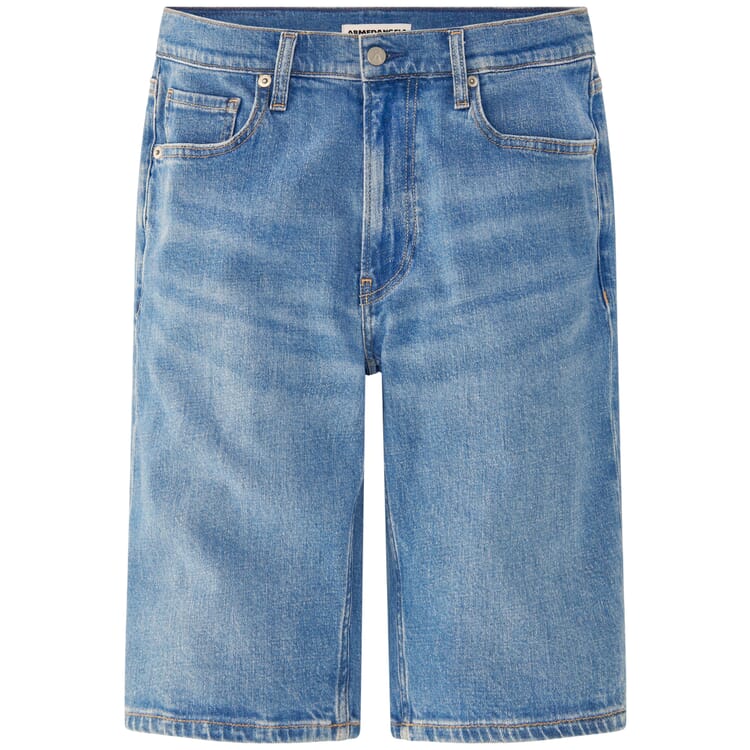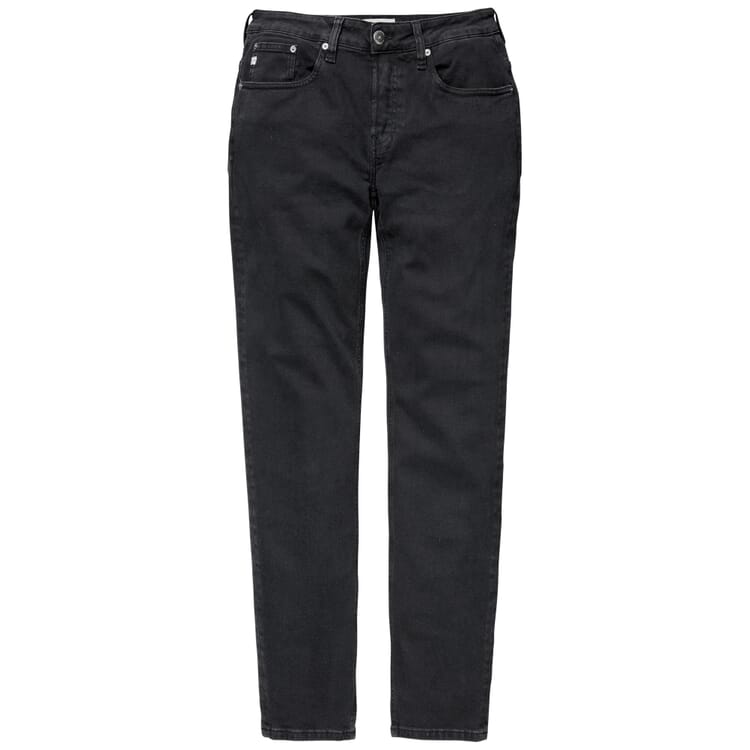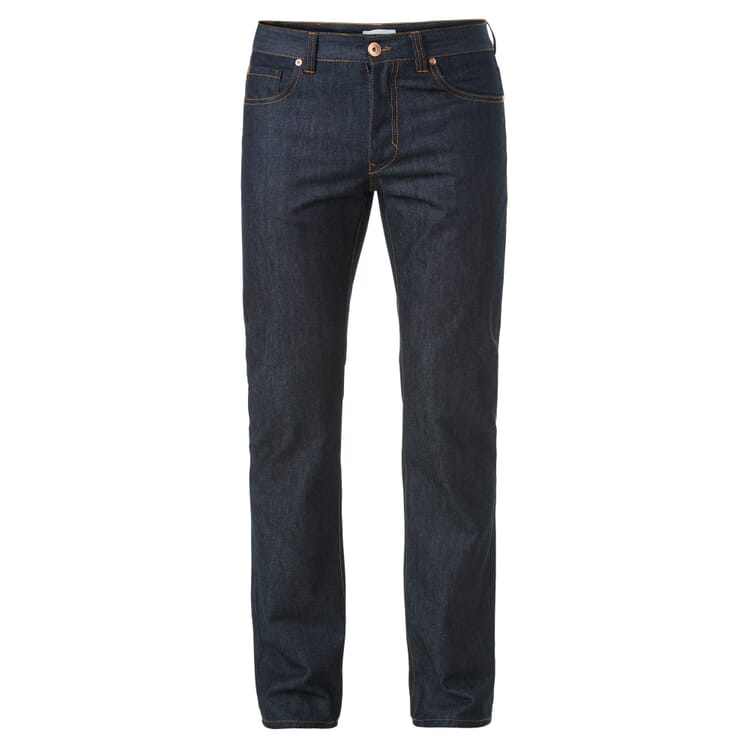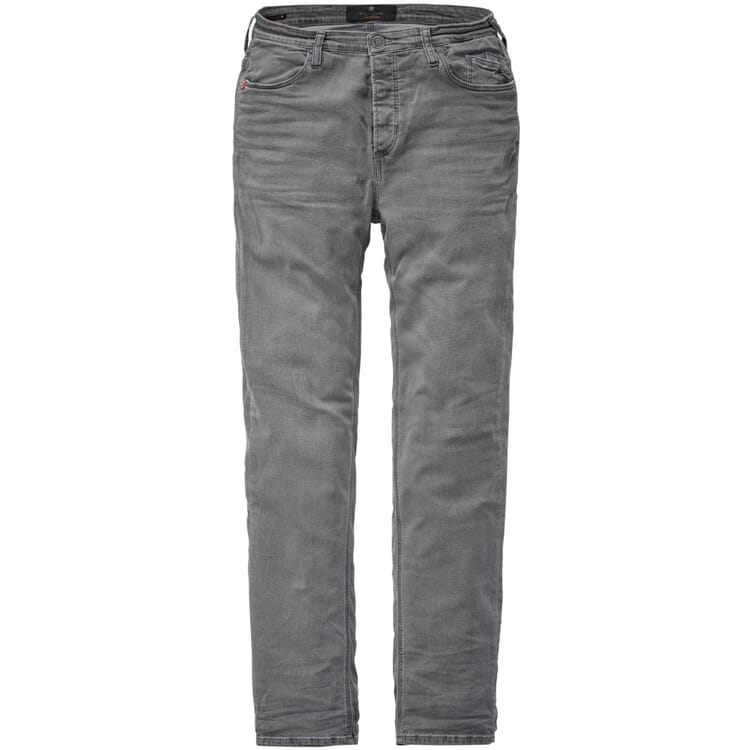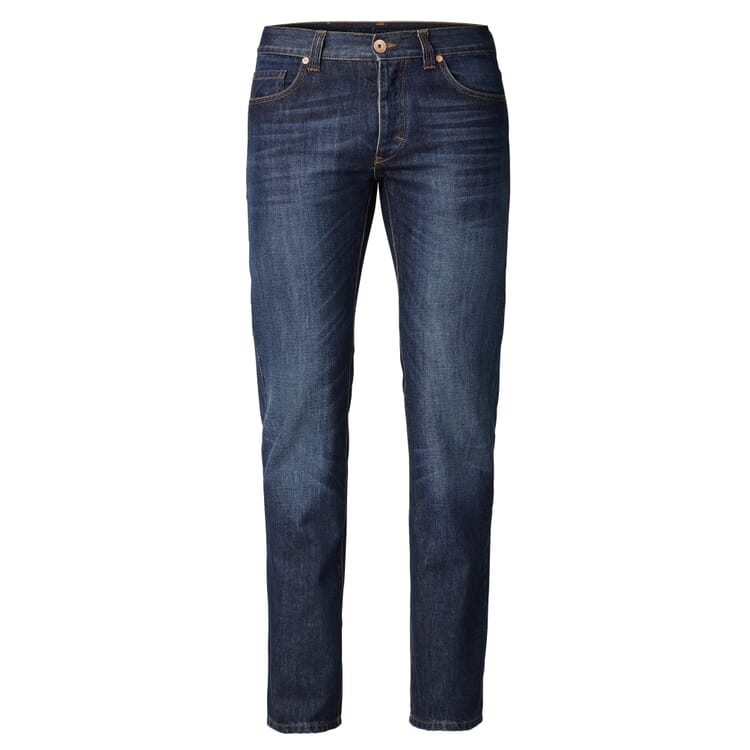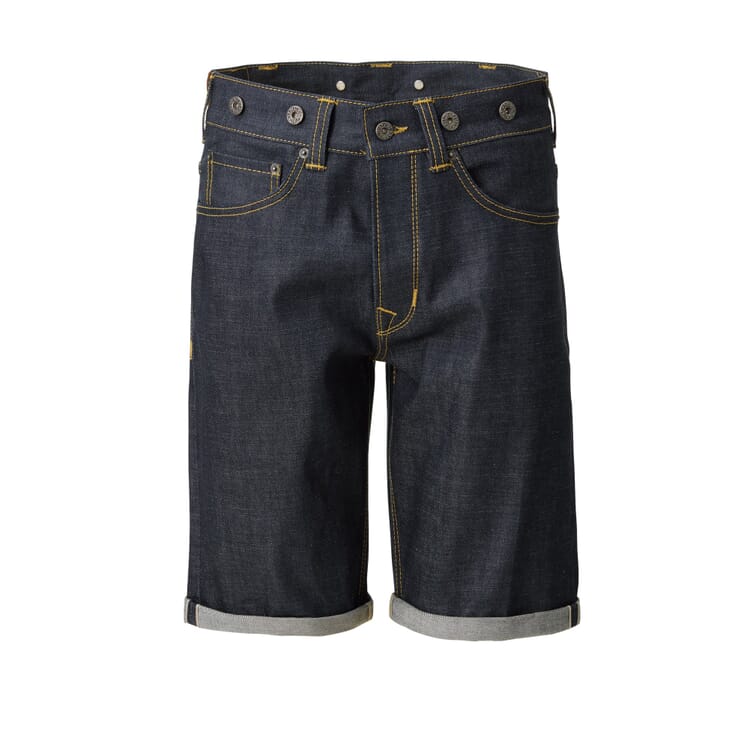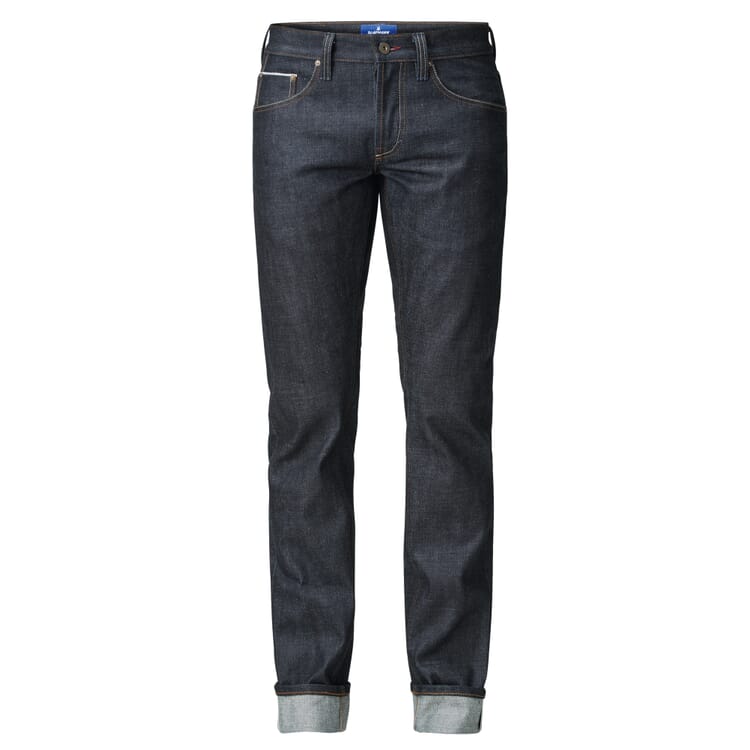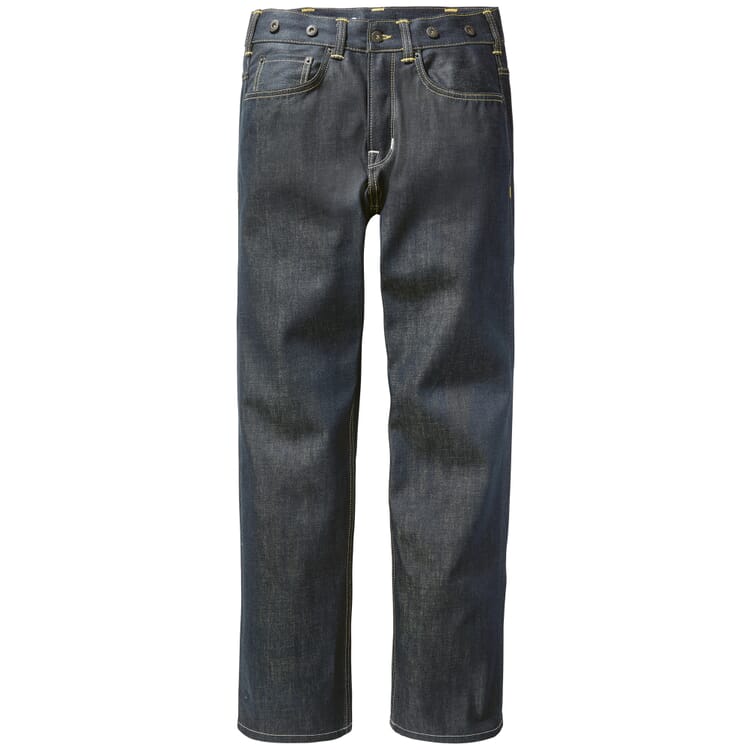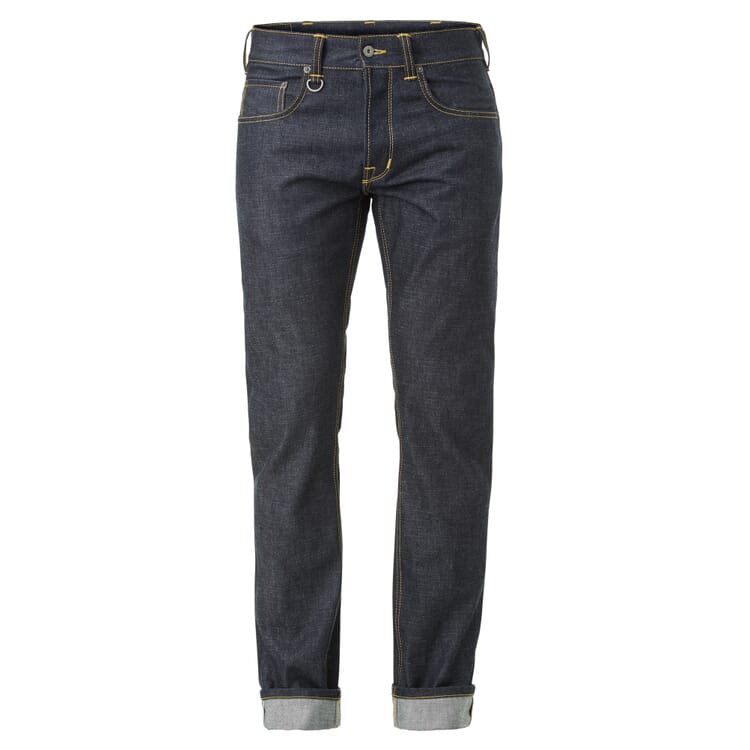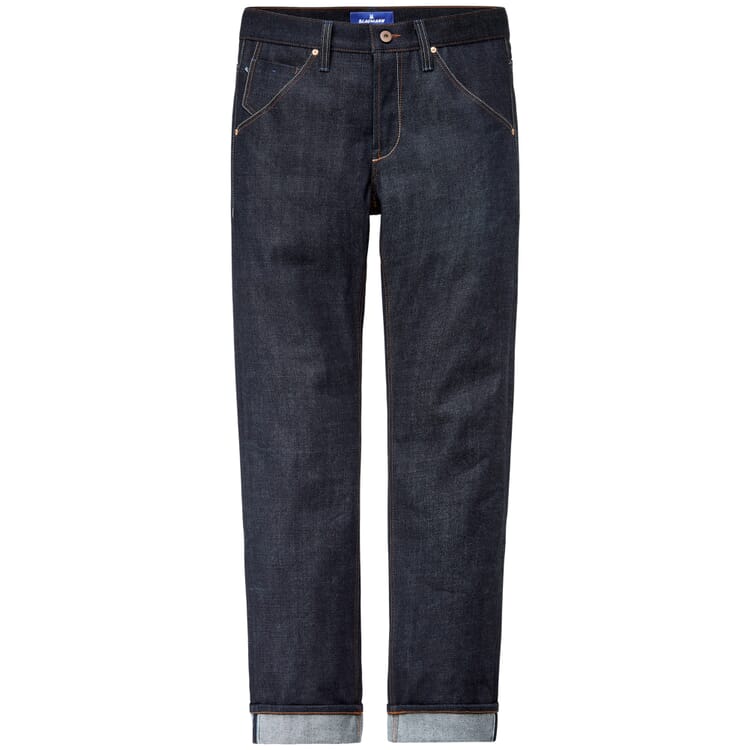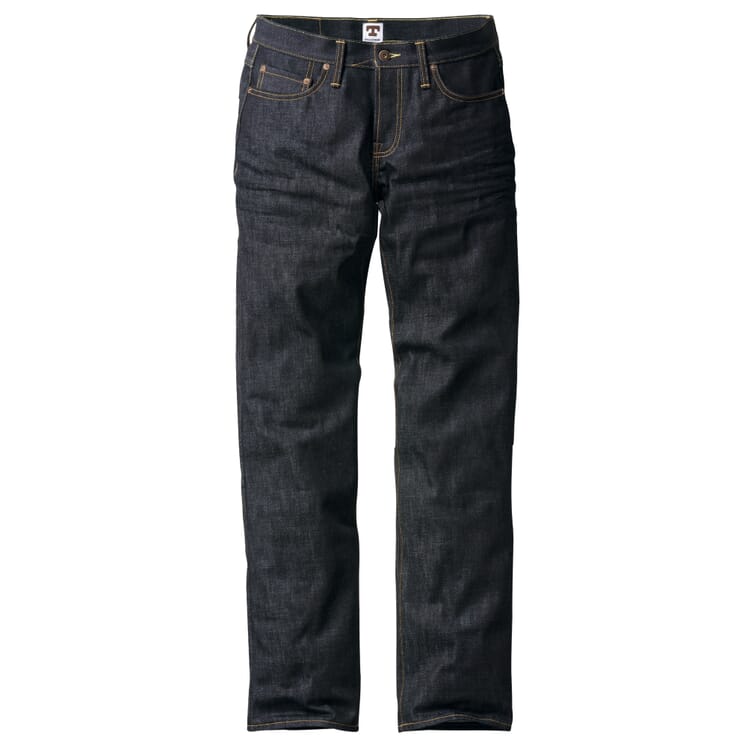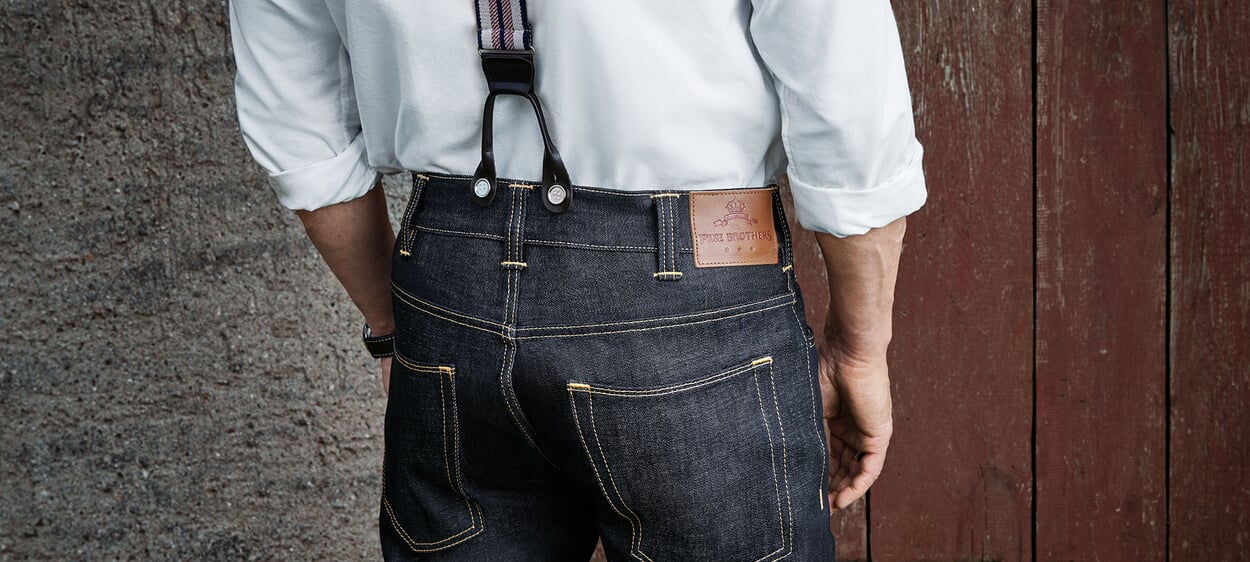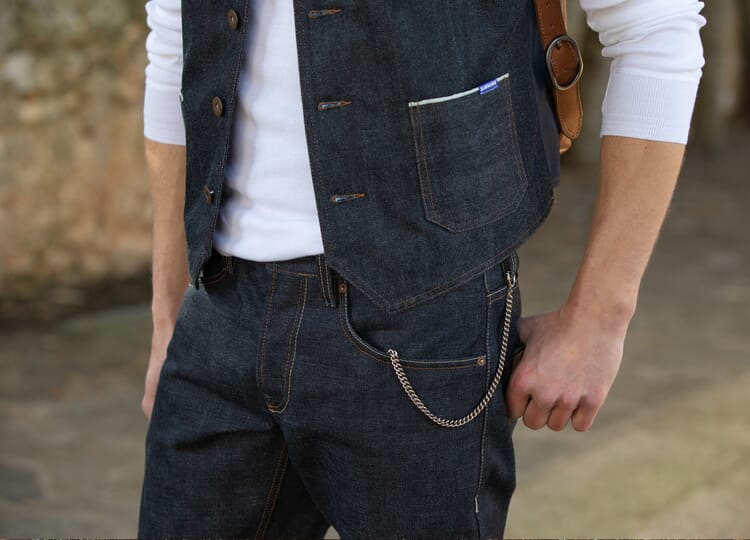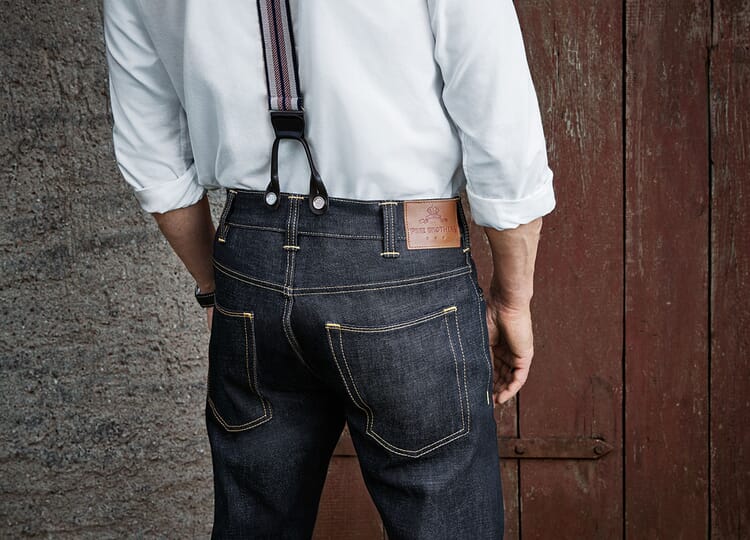Men's Jeans
Blue denim stands for freedom, rebellion and a self-determined lifestyle like almost no other pair of trousers. Hollywood stars like ... Read more
Ideas & Advice
The men's jeans. A great love
More than almost any other pair of trousers, blue denim stands for freedom, rebellion and a self-determined lifestyle. Hollywood stars such as James Dean wore them and music legends such as the Beatles contributed to their popularity. They even had a political impact: After jeans were described as the "noblest pants in the world" in a play at the Deutsches Theater in East Berlin in 1972, the GDR leadership finally gave in after 20 years of resistance and decided to produce its own version of the "capitalist devil's stuff": the "double-cropped trousers" were born.
Incidentally, the term jeans comes from "Gênes", the French word for Genoa. Cotton pants were made here even before the great success of jeans legend Levi Strauss. They were made from a cotton-hemp blend, the robust "Serge de Nîmes", the fabric from Nîmes - later shortened to "denim" in American terms. The typical denim blue is a result of the special dyeing process - only the warp thread is dyed, the weft threads remain colorless. Instead of using classic, deep blue indigo, manufacturers today often resort to cheap synthetic variants. Dyeing with the pure plantnextrakt is therefore a sign of high fabric quality. Incidentally, the first studded trousers that Levi Strauss patented together with tailor Jacob Davis in 1873 were not made from blue denim at all, but from brown canvas - the duo only changed the base material later.
Speaking of the base material: washing is a particularly sensitive issue with jeans. Or rather: not washing them. The "no-wash policy" has quite a few followers among jeans lovers. Do you spontaneously think of a polecat? That doesn't matter, because opinions differ here. But there are actually reasons for not washing. A real "raw denim" bleeds during washing, which means it loses some of its color with every wash. The fabric can also become rougher, which ultimately reduces the durability of the material. In addition, the washing process causes the individual adjustment to the wearer to be lost - exactly what jeans fanatics really want. Die-hard jeans fans therefore tackle any stains with a toothbrush alone. Unpleasant odors are combated by airing, germs with a night in the freezer.
Do you like it cleaner? Then we recommend the following care tips:
- Always turn the trousers inside out before washing to avoid unwanted washing streaks on the fabric
- Always wash raw denim separately or use it as a color refresher for older pieces. The rich indigo blue is better preserved if you soak the jeans in a 50% vinegar solution for 30 minutes beforehand. The acid fixes the dye
- If the fabric is not sanforized, i.e. mechanically pre-shrunk, the trousers may shrink if washed too hot. It is best to wash the trousers at a maximum of 30 degrees and without a spin cycle
- If your trousers have a proportion of elastic fibers, it is better not to add fabric softener, otherwise there is a risk that they will quickly lose their shape
- If you like it, rub baby oil into your jeans before putting them on.
- Treat your jeans to a steam bath instead of a wash cycle: Hang the trousers nearby when showering to remove unpleasant odors
If you follow all these care tips, your grandchildren may one day have a real investment in their wardrobe. The oldest surviving pair of Levi's jeans, a "501XX" model that is over 100 years old, is now worth around 140,000 euros. You can make a bit of an effort, can't you?
Recommended Topics
However, compromising on materials is still not an issue at Blaumann. The fabrics - genuine Japanese denim and corduroy from a special German weaving mill - meet the highest standards. Ingredients such as yarns, buttons and leather labels also come from Germany. The workmanship is also beyond reproach. The result is garments full of character that develop into a very personal companion through daily movement, wear and tear.
View moreWith its workwear items made according to historical models, the vintage label Pike Brothers from Bad Feilnbach in Upper Bavaria proves that good looks and practical utility are by no means mutually exclusive.
View more
